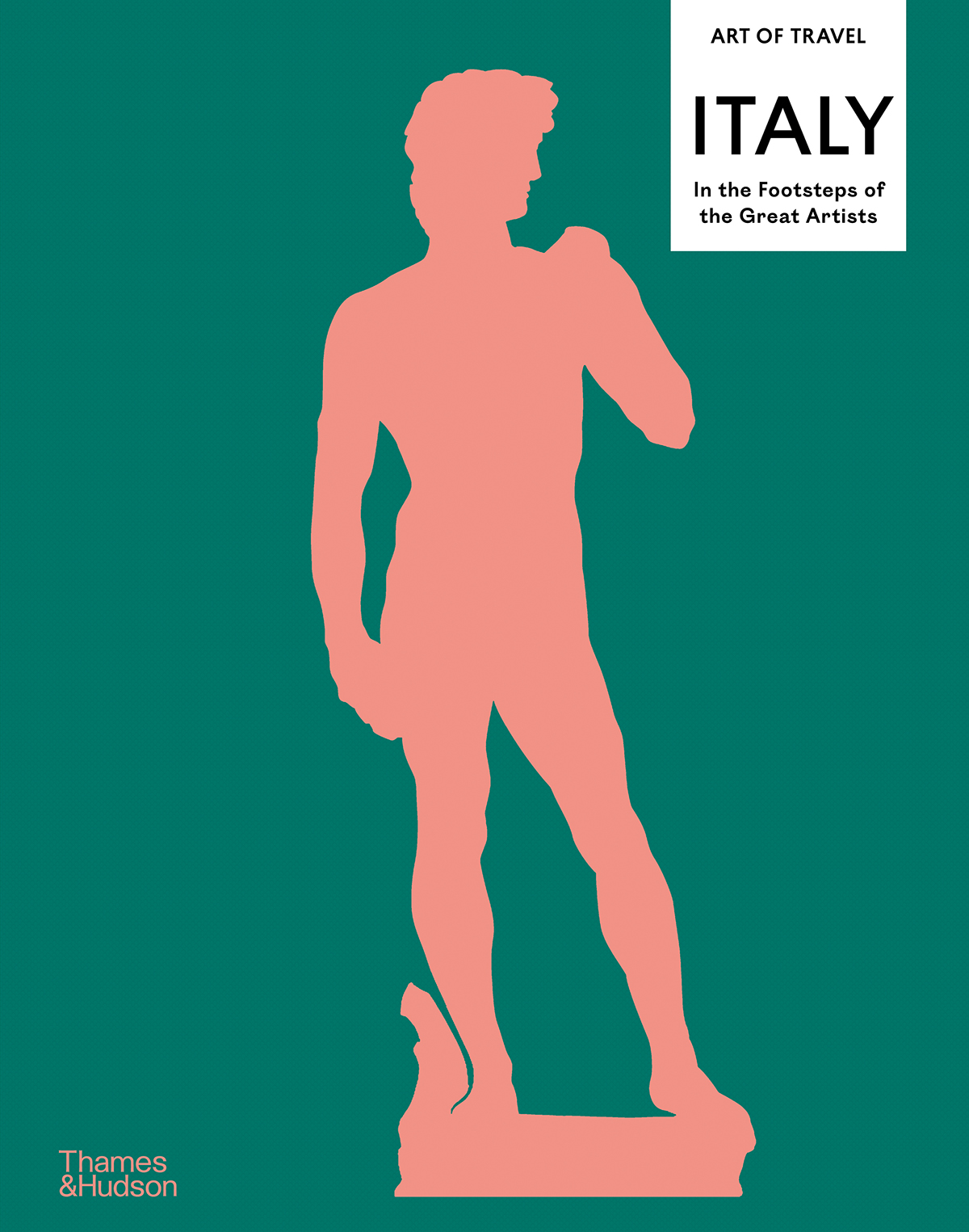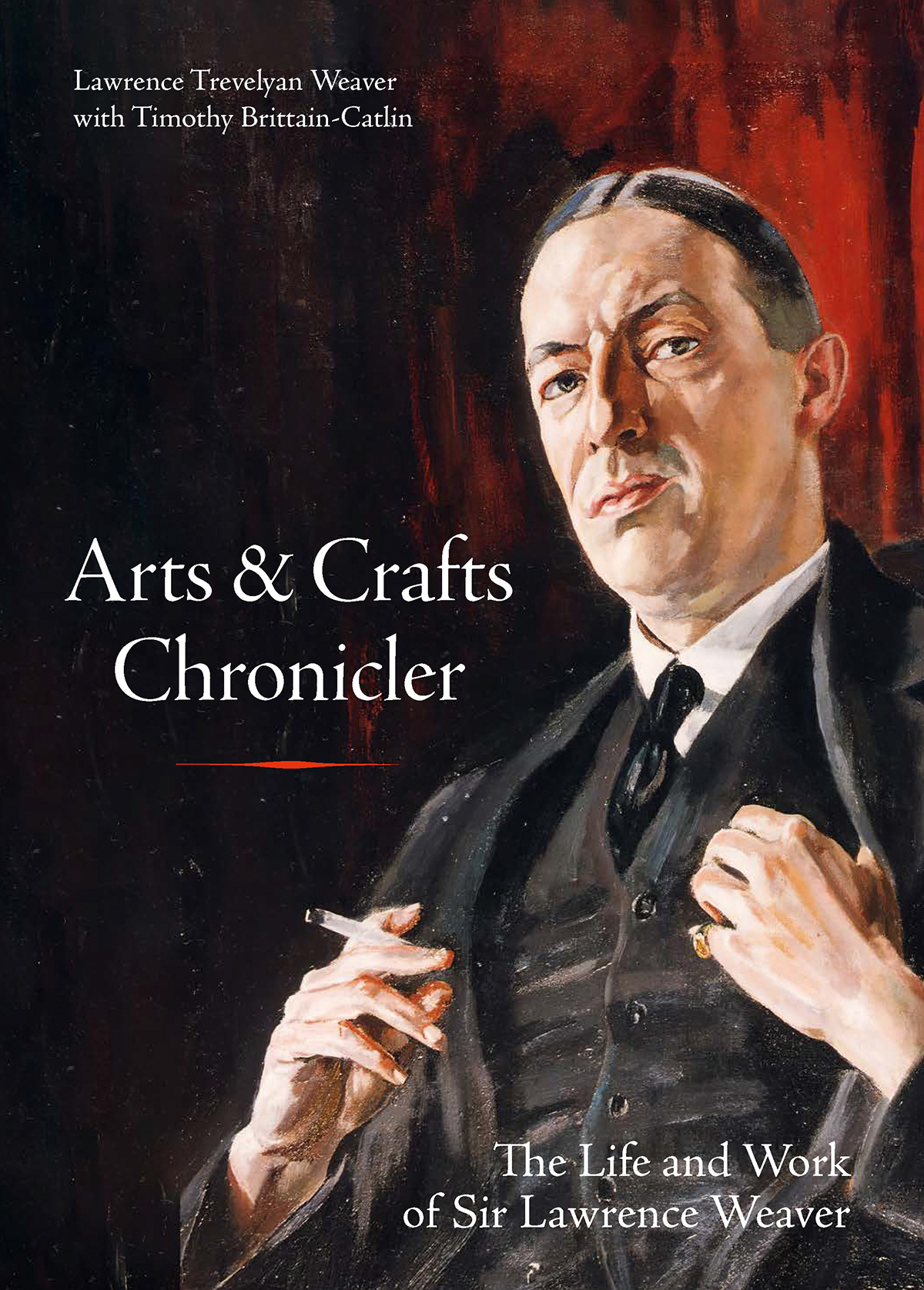Books: In the Footsteps of the Great Artists and the Life and Work of Sir Lawrence Weaver
Michael Prodger looks at Nick Trend's art-themed Italian travelogue, while John Goodall enjoys the biography of one of his predecessors in the role of architectural editor for Country Life.

These articles appear on page 142 of the September 17, 2025 edition of Country Life magazine. Some copies of this issue suffered from a printing error which affected this page, so the full articles are reproduced below. You can also download the PDF of the original page here.
Italy: In the Footsteps of the Great Artists
By Nick Trend (Thames & Hudson, £50)
In 1988, John Mortimer took a break from his ‘Rumpole of the Bailey’ books to write Summer’s Lease. The novel centres on a London housewife, Molly Pargeter, who rents a villa in Tuscany for her family’s summer holiday. What unfolds is a comedy of manners of the Brits-abroad type, with added menace (a body in a pool). What attracted well-to-do Molly to this part of Chiantishire, as it was then slightly sneeringly known, was its closeness to the artistic centres of Florence, Urbino and Siena and, above all, her desire to complete the ‘Piero trail’.
Then, Piero della Francesca was little more than a name and the novel and subsequent television series did much to popularise the painter. All of a sudden, the off-the-beaten-track towns of Monterchi, Sansepolcro, Arezzo and Urbino, where his pictures had hung for some five centuries, found themselves full of eager tourists. Had Nick Trend’s book appeared 37 years ago, perhaps Piero would have remained an aficionados’ painter for a little longer, as it offers a range of other, equally appealing ‘trails’. It also offers them in the most handsome of manners: a lucid and informative text is supplemented by more than 300 large photographs and interspersed with hand-drawn maps and vignettes. Travel by book can be done on a tight budget; this is the full concierge variety.

Mr Trend trails 21 different artists, from Giotto to Canaletto. He tries to avoid museums (‘we can forget that [great art] doesn’t really belong there’) in favour of churches, piazze and palazzi. As he notes, a remarkable proportion of Italy’s artworks — more perhaps than any other European country — ‘still survives in the buildings for which they were commissioned’, including some of ‘the most seminal in the Renaissance canon’.
There is something gratifying in, for example, tracking the sublime 15th-century painter Giovanni Bellini through the churches of Venice. Duck down a passage just behind the Doge’s Palace and step into San Zaccaria, rootle for a euro coin for the lights and stare at what they reveal: the sumptuous and undimmed colours of the Madonna and Child Enthroned with Saints (and a music-playing angel). Then head along the canals to the Frari and sit in a quiet side chapel in front of his smaller panel painting The Pesaro Triptych — another Virgin and Child with saints — as most tourists gawp, unaware, at Titian’s ecstatic Assumption a few yards away.
Those same crowds invariably miss Bellini’s altarpiece in San Giovanni Crisostomo, despite it being on one of Venice’s busiest streets, as well as his polyptych in San Zanipolo and his late Madonna and Child in San Francesco Della Vigna. As the author says, Bellini painted working images, aids to contemplation, and they still play that role today.
Exquisite houses, the beauty of Nature, and how to get the most from your life, straight to your inbox.
Something of the same satisfaction can be had by pursuing, say, Caravaggio across Rome (a pictorially dramatic and sometimes violent church-to-church trip from San Luigi dei Francesi to Sant’Agostino to Santa Maria del Popolo), Lavinia Fontana through Bologna, the six Anguissola sisters through Cremona or, by car, Giotto from Padua to Florence via Assisi.
Mr Trend’s gazetteer steers art travellers both onto and off the beaten track; he explains why it is worth seeking out Mantegna’s own house in Mantua, as well as the Ducal Palace, and Leonardo’s baptismal church in Anchiano, plus The Last Supper in Milan. Above all, he is a trustworthy, engaging guide, particularly attuned to the original context of the art he reveals. His luxurious book is far too heavy to take with you, although the excess-baggage premium might be worth it.
Michael Prodger
Arts & Crafts Chronicler: The Life and Work of Sir Lawrence Weaver
By Lawrence Trevelyan Weaver and Timothy Brittain-Catlin (Lund Humphries, £45)
Lawrence Weaver (1876–1930) is a figure at the heart of the early history of Country Life. Appointed Architectural Editor to the magazine in 1911, he transformed its coverage of the field. As a concluding essay by Tim Brittain-Catlin also argues, he is a founding figure in the modern tradition of architectural criticism.

This detailed biography, written by his grandson and informed by family papers, sets out his remarkable wider personal and professional story. It makes for a fascinating and unexpected read. Inspired by the Arts-and-Crafts Movement and an enthusiasm for both leadwork and history, he became a fellow of the Society of Antiquaries at the age of 25.
The offer of a job at Country Life encouraged his abandonment of a career as an engineer and he entered wholly into the life of the magazine and its publishing endeavours, promoting, among others, the work of Lorimer and Lutyens. He exchanged journalism for the civil service during the First World War and established the still-flourishing National Institute of Agricultural Botany outside Cambridge in 1921.
Subsequently, he was organiser of the British Empire Exhibition in 1924. The project engaged him with the problem of reconciling the world of the Arts and Crafts — which had first inspired him — with industrialisation. His first wife, Kathleen née Purcell, a harpist, who played an important role in both his private and professional life, died in 1927; Sir Lawrence married again, but died of a heart attack at the age of 53.
John Goodall
Michael Prodger is a senior research fellow at the University of Buckingham and art critic for the New Statesman.


